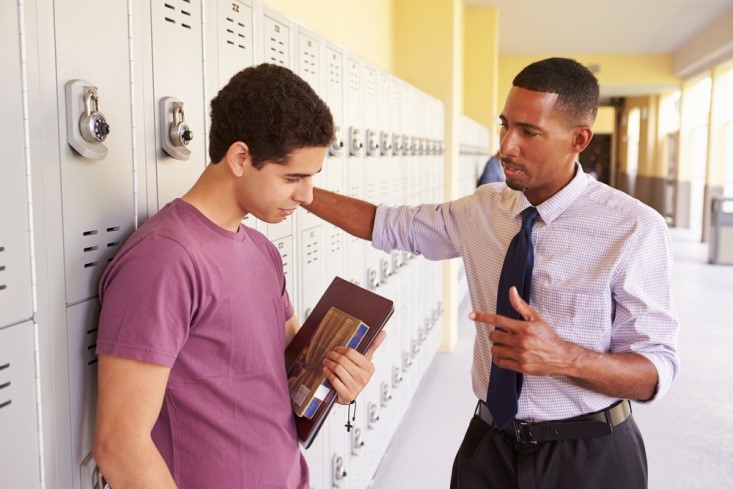Are you looking for strategies to help students who have trouble solving math problems with addition? If so, keep reading.
1. Provide the student with alternative math assignments. As the student shows success, slowly introduce more components of the regular tasks.
2. Ask the student a question when they are most likely to be able to respond successfully.
3. Select a peer to model how to solve addition problems for the student.
4. Provide information to the student on a one-to-one basis or use a peer tutor.
5. Create a math facts reference sheet for addition for the student to use at their desk when solving math problems.
6. Talk about and give the student a list of words and phrases that indicate an addition operation in word problems (e.g., together, altogether, sum, in all, both, gained, received, total, saved, etc.).
7. Assess the appropriateness of the task to ascertain (a) if the task is too easy, (b) if the task is too complicated, and (c) if the duration of time scheduled for the task is sufficient.
8. Give chances for the student to apply addition facts in real-life situations (e.g., getting change in the cafeteria, measuring the length of objects in industrial arts, etc.).
9. Get the student to be a tutor and teach a concept they have learned to another student.
10. Get the student to add numbers of objects. Get them to then pair number symbols with the correct number of objects while they solve simple addition problems. As the student shows success in solving simple addition problems, slowly lessen pairing objects with the number symbols until only number symbols are used.
11. Get the student to check all math work. Praise the student for each error they correct.
12. Get the student to independently solve half of their addition facts/problems each day. Let them use a calculator to solve the rest of the problems as reinforcement.
13. Get the student to group objects into sets and then add the sets together to acquire a sum.
14. Get the student to perform timed drills with addition math facts. The student “competes” against their own best time.
15. Get the student to solve addition problems by manipulating objects and stating the process(es) involved.
16. Get the student to talk through the math problems as they solve them to find errors they are making.
17. Get the student to use a calculator for drill of basic addition facts.
18. Get the student to use a calculator to reinforce the process of addition. Get the student to solve several addition problems each day using a calculator.
19. Give the student a number line attached to their desk to help solve addition problems.
20. Provide all instructions, questions, and explanations in a clear, concise manner and at an appropriate rate for the student.
21. Consider using Alexa for the Math Classroom.
22. Try gamifying your math lessons.
23. Consider using one of the apps and tools from our many math app lists:
9 Must-Have Apps and Tools for Kids Who Hate Math
10 Apps to Teach Preschoolers Math
20 Math Apps for Learners of All Ages
Advanced Math Apps, Tools, and Resources for That We Love
Elementary School Math Apps, Tools, and Resources That We Love
Fraction Apps, Tools, and Resources That We Love
High School Math Apps, Tools, and Resources That We Love
Interactive Math for the Google Classroom
Math Apps, Tools, and Resources That I Would Use If I Were Still in the Classroom
Math Manipulatives Apps, Tools, and Resources That We Love
Middle School Math Apps, Tools, and Resources That We Love
Multiplication Apps, Tools, and Resources That We Love





